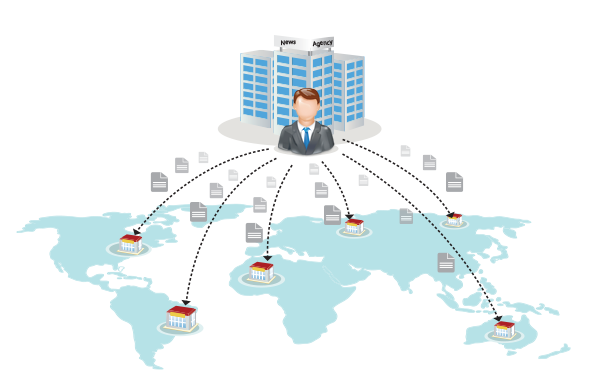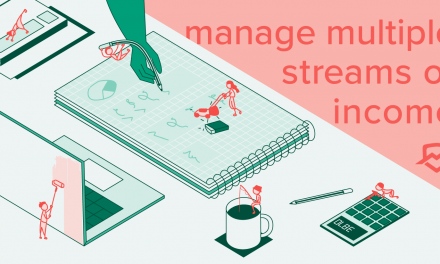The goal of most if not all businesses is to grow. Of course, there are many expressions of growth but that one that matters is growing the bottom line, growing the profit through growing the revenue. This can be achieved through selling more to existing customers, selling to more customers or a combination of the two. The agent business model has been used by many businesses to increase their reach and process more business without a commensurate increase in infrastructure investment. Sometimes there is very little investment upfront. If this sounds like something that interests you then read on.
Agent model
If you’ve never heard of the agent business model before it’s more because you’ve never thought of it rather than not encountered it before. Many businesses use the agent business model as you will discover through some of the examples. In the agent model a business distributes its product (whether good or service) through other businesses or individuals. The businesses or individuals (agents) are at no time part of the business but rather part of the value chain. One of the best examples of this is the airtime business. Mobile networks create recharge cards or vouchers that they sell to wholesalers. In this case, the wholesalers act as distributors. Individuals and businesses then sell the airtime to customers. The only grey area here is that the agents usually buy the airtime upfront and sell on at a profit. However, this captures the agent aspect well enough. They are at no time represented as part of the mobile network and they earn a commission on each sale.
How it works
By now you’ve got an idea of it how it works. The agent carries or gives access to the products of the principal. The agent receives a pre-agreed commission per transaction. While an agent may carry signage or advertising marks of the principal they are at no point seen as part of the principal but an independent agent. You can see this evidently in businesses that process payments for DSTv. Their reward comes in the commission.
Advantages to principal
There are a few advantages we can identify for the principal in an agent setup;
Little-to-no investment
The principal does not make any investment in the agent. In many cases, these relationships require no upfront investment from either party.
Increase capacity through leverage
The principal increases their reach by leveraging the agents reach. You can easily get agents all over the country without handling the increased business. Ecocash is a brilliant example of this.
Advantages to agent
The model isn’t a one-way street as agents can count many advantages too;
Capacity utilisation increased
In the case where an agent has an existing shop or some sort of infrastructure, they get to increase utilisation of the existing capacity through the business of the principal.
Steady revenue
In the right circumstances, the agent can count on reliable and continued business from the customers of the principal and the opportunity to sell other products on the back of the principal’s products.
Where it works
The goal here is not to sell your dreams. We need to understand where the business agent model works. Firstly it favours homogenous products, ie the same in every instance. Look at our airtime example, it doesn’t change with the customer, it is just airtime. Secondly, it favours situations where the product can be provided easily and swiftly by the agent. So you will find something like tailor-made suits is neither homogenous nor easily delivered by an agent.
Where it may not work
We’ve already talked about situations where products are heterogeneous and have complicated specifications being difficult to sell through agents. This also applies where products require special handling and this can include payment systems. Agents work best when the sale is simplified. At the risk of stating the obvious, the agent system may also not work when there is a low margin (profit). Essentially principals sacrifice part of their profit to the agent.
Requirements
So we are clear on the agent system but what would one need to set it up. You will need to agree to the commission or agent fee structure. This isn’t limited to the amount but also the payment schedule as well. Rights and responsibilities on both sides must be established. The principal should sufficiently educate the agent(s) on details of the products and how to avail them to customers.
Examples
Before you go off trying to expand your business through an agent network you should have a look at some examples that you can learn a lot from. Skipping the aforementioned ones you can also look at ideas like Uber and Airbnb which made great use of agent networks. DHL is another great example of such a network. If you want to look closer to home have a look at Gateway Streams effort to court Zimbabwean influencers to become agents for products on their platform.








